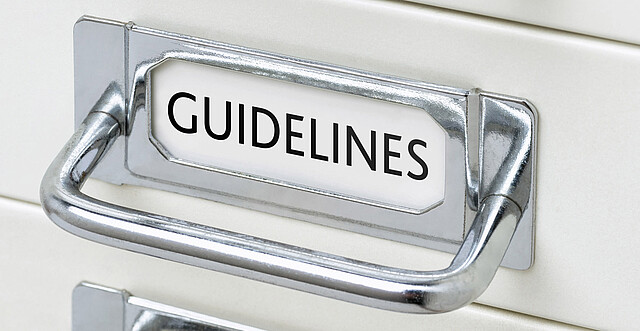Standards and guidelines
ASTM B825-13
The purpose of the test is to determine the type and amount of corrosion in a controlled environment. Metal test strips or coupon is exposed within the rooms of concern for a certain time period, approximately 30 days, allowing for the metal to corrode. After the exposure period, the amount of corrosion is tested using a Coulometric reduction technique in our laboratory. Results of the test will determine to level of corrosion and, if needed, assist with designing a solution to reduce corrosion levels.
USGBC LEED
LEED is a global environmental rating system that helps guide the design or redesign buildings to save resources, generate less waste and promote health. One area that is incorporated in the system is material selection, another area is indoor environmental quality.
EPA 6H Rule
EPA CFR Part 63 6H Rule Standard ensures the end user that the product meets the stringent requirement of 98% capture of paint overspray as defined by the United States Environmental Protection Agency Title 40 CFR Part 63 Subpart HHHHHH. Owners and operators may use published filter efficiency data provided by Freudenberg Filtration Technologies to demonstrate compliance with this requirement and are not required to perform this measurement.
ANSI/ISA-71.04-2013
Viledon ChemControl filtration systems meet all relevant international quality and performance standards, including the world's most important: the standard 71.04-2013 by International Society of Automation (ISA) for corrosion degree in electronic and electrical equipment.
ASHRAE 62.1
This is the most commonly referenced standard to quantify acceptable conditions and appropriate HVAC system design in the United States. The standard either forms the basis for most mechanical codes or is directly referenced by the codes themselves. Among other areas, ASHRAE 62.1 focuses on treatment of outdoor air containing various particulate size range compositions and levels, as well as on its ozone and moisture contents. The standard refers back to ASHREE 52.2 in regards to necessary MERV ratings depending on quality of the outdoor air in question.
ASHRAE 170
This standard recommends, among other items, the air-handling unit design, outdoor air intakes, and minimum MERV ratings of filters depending on its purpose and location in the facility.
ASHRAE 145.2
The document describes a standard laboratory test method for assessing the performance of sorptive media gas-phase air-cleaning devices for removing one or more specified gaseous contaminants or gas mixtures intended to simulate operation during service life. The generated data can be used as a basis for selection of material, design of air filter, and design of air-cleaning systems for controlling indoor concentrations of gaseous air contaminants.
EHEDG Doc. 47
The EHEDG 47 document focuses on air handling systems installed for food factory building ventilation and its air quality control. This collection of guidelines is intended to assist food producers in the design, implementation, and maintenance of systems required to meet the air quality and hygienic requirements of the food manufacturing process including guidance in regards to the selection of systems, air filtration types, system concepts, and construction.











